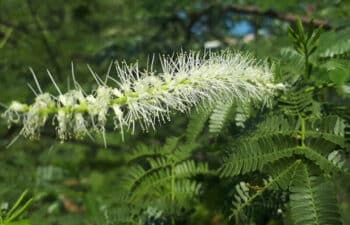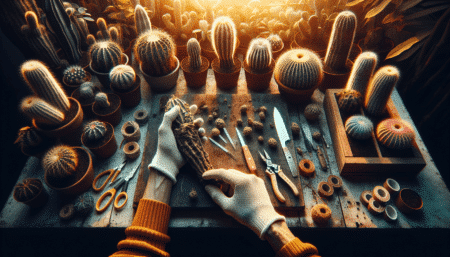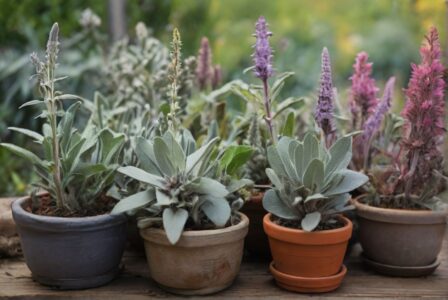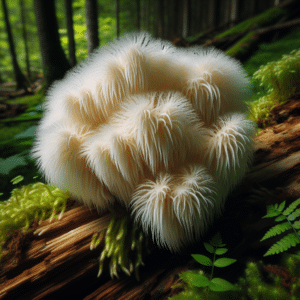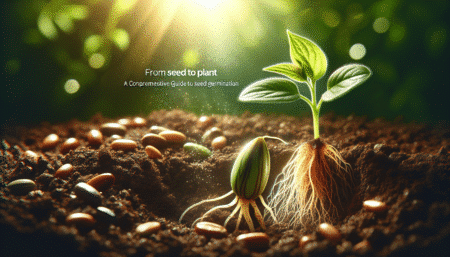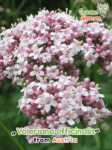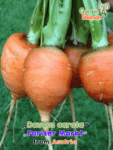- Growing Mimosa hostilis
- Seeds vs. cuttings
- Growing conditions
- a) Location
- b) Planter
- c) Temperature and humidity
- Irrigation and fertilization
- a) Irrigation
- b) Fertilization
- Conclusion
Here you can find our selection of Mimosa hostilis seeds!
1. grow Mimosa hostilis
Growing Mimosa hostilis, also known as Mimosa tenuiflora, is a rewarding endeavor for anyone seeking a deep connection with nature. This article will give you a comprehensive insight into growing Mimosa hostilis, from choosing between seeds and cuttings to watering and fertilizing. If you're interested in growing this fascinating plant yourself, you've come to the right place.
2. seeds vs. cuttings
Before you start growing Mimosa hostilis, you need to decide whether you want to use seeds or cuttings. Both methods have their advantages and disadvantages, and it is important to understand the differences in order to make the best choice for your specific needs.
If you opt for seeds, you have the opportunity to preserve the genetic diversity of the plant. You can try different varieties and choose the one that best suits your needs. However, seeds are more sensitive and require more time and patience to germinate and grow.
Cuttings, on the other hand, are already established plants that are cut from an existing specimen and planted in a new pot. This is a faster method of propagating a plant as it already has roots. However, cuttings have limited genetic diversity and can be more susceptible to disease.
The choice between seeds and cuttings depends on your personal preference and the desired result. Both methods can be successful if used correctly.
3. growing conditions
Growing Mimosa hostilis requires certain conditions to be successful. Here are some important factors you should consider:
a) Location
Mimosa hostilis prefers a sunny location with well-drained soil. Choose a spot that receives at least six hours of direct sunlight per day. The soil should be loose and well-drained to avoid waterlogging.
b) Planter
Choose a sufficiently large planter that offers enough space for the roots. Use high-quality potting soil that is rich in nutrients. Make sure the planter has holes at the bottom to allow excess water to drain away.
c) Temperature and humidity
Mimosa hostilis thrives at temperatures between 20 and 30 degrees Celsius. Avoid extreme heat or cold, as this can damage the plant. Humidity should be moderate to avoid fungal infections. Spray the leaves regularly with water to increase the humidity.
4. irrigation and fertilization
Watering and fertilizing are critical to the growth and health of Mimosa hostilis. Here are some tips to make sure your plant gets enough water and nutrients:
a) Irrigation
Water the plant regularly, but avoid overwatering. The soil should be moist but not waterlogged. Check the moisture of the soil by sticking your finger about two centimeters deep into the soil. If the soil is dry, it's time to water.
b) Fertilization
Use a balanced fertilizer that is rich in nutrients such as nitrogen, phosphorus and potassium. Apply the fertilizer according to the instructions on the packaging. Be careful not to use too much fertilizer, as this can damage the roots of the plant.
5. conclusion
Growing Mimosa hostilis can be a rewarding experience that not only gives you the opportunity to grow a fascinating plant, but also allows you to connect deeply with nature. Whether you opt for seeds or cuttings, the right location, proper watering and fertilization are crucial to the growth and health of your plant. If you follow these tips, you'll soon be enjoying the beauty of Mimosa hostilis in your own garden.
Note: The information in this article is for informational purposes only and is not intended to replace the advice of a physician or other healthcare professional. Always consult a doctor before using any new herbs or supplements. Furthermore, you should always check whether certain plants are permitted in your country before growing them.

